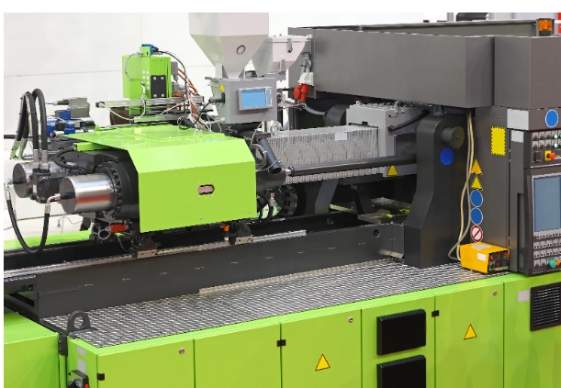Table of Contents
The manufacturing of medical device components requires precise and efficient plastic molding techniques. This comprehensive article aims to explore various types of plastic mold techniques and processes, focusing on their applications in medical device manufacturing. With a particular emphasis on custom plastic molds, we will delve into the benefits, considerations, and the importance of selecting the right technique for producing high-quality medical device components.
Understanding Plastic Mold Techniques and Processes
Plastic mold techniques involve using molds to shape molten plastic into the desired form, allowing for the mass production of complex medical device components. Different techniques and processes are utilized depending on the design requirements, material characteristics, and manufacturing volume.
Injection Molding
Injection molding is the most widely used technique in medical device component manufacturing. It involves injecting molten plastic into a custom mold cavity under high pressure. This technique offers versatility in design and accommodates a wide range of plastic materials. Injection molding enables precise production, high repeatability, and scalability for large volumes of medical device components.
Blow Molding
Blow molding is ideal for producing hollow medical device components such as bottles and containers. In this process, plastic is melted and then inflated into a mold cavity, creating the desired shape. Blow molding is cost-effective for large-scale production and offers good material distribution consistency. It is commonly used for medical devices that require storage, transport, or containment solutions.
Thermoforming
Thermoforming is a versatile technique used for manufacturing medical device components with consistent cross-sectional profiles. It involves heating a plastic sheet until it becomes pliable, then shaping it over a custom mold. This process is efficient, economical, and well-suited for producing intricate designs, trays, covers, and packaging materials for medical devices.
Compression Molding
Compression molding is a technique suitable for producing high-strength and precision medical device components. It involves placing pre-measured plastic material into a heated mold and applying pressure to cure and shape it. Compression molding is often used for thermosetting plastics and elastomers, which require high mechanical strength and dimensionally stable medical device components.
Considerations for Custom Plastic Molds
Custom plastic molds offer numerous advantages for medical device component manufacturers. They enable the production of unique, tailor-made designs to meet specific requirements. However, several considerations must be taken into account when utilizing custom plastic molds:
- Design Optimization: It is essential to optimize the design for manufacturability, considering factors such as material flow, mold release, and part ejection. Collaboration between designers, engineers, and mold makers is crucial to ensure the mold design is practical and efficient.
- Mold Material Selection: The choice of mold material is vital to ensure durability, heat resistance, and dimensional stability. Common mold materials include steel, aluminum, and epoxy. Factors such as production volume, mold complexity, and cost should be considered when selecting the appropriate material.
- Mold Maintenance and Lifespan: Custom plastic molds require regular maintenance to ensure their longevity and efficient production. Proper mold cleaning, inspection, and repair should be performed to prevent defects and prolong mold lifespan.
- Quality Control and Testing: Implementing rigorous quality control measures throughout the manufacturing process is essential for producing high-quality medical device components. Regular quality inspections, testing, and validation should be conducted to ensure compliance with industry standards and regulations.
Conclusion
Different types of plastic mold techniques and processes offer unique advantages in the manufacturing of medical device components. Injection molding, blow molding, thermoforming, and compression molding each provide specific capabilities to meet various design requirements, material characteristics, and production volumes. When utilizing custom plastic molds, careful consideration must be given to design optimization, mold material selection, maintenance, and quality control. By understanding and implementing the right plastic mold technique for medical device manufacturing, companies can achieve efficient production, high-quality components, and accelerate advancements in healthcare.
